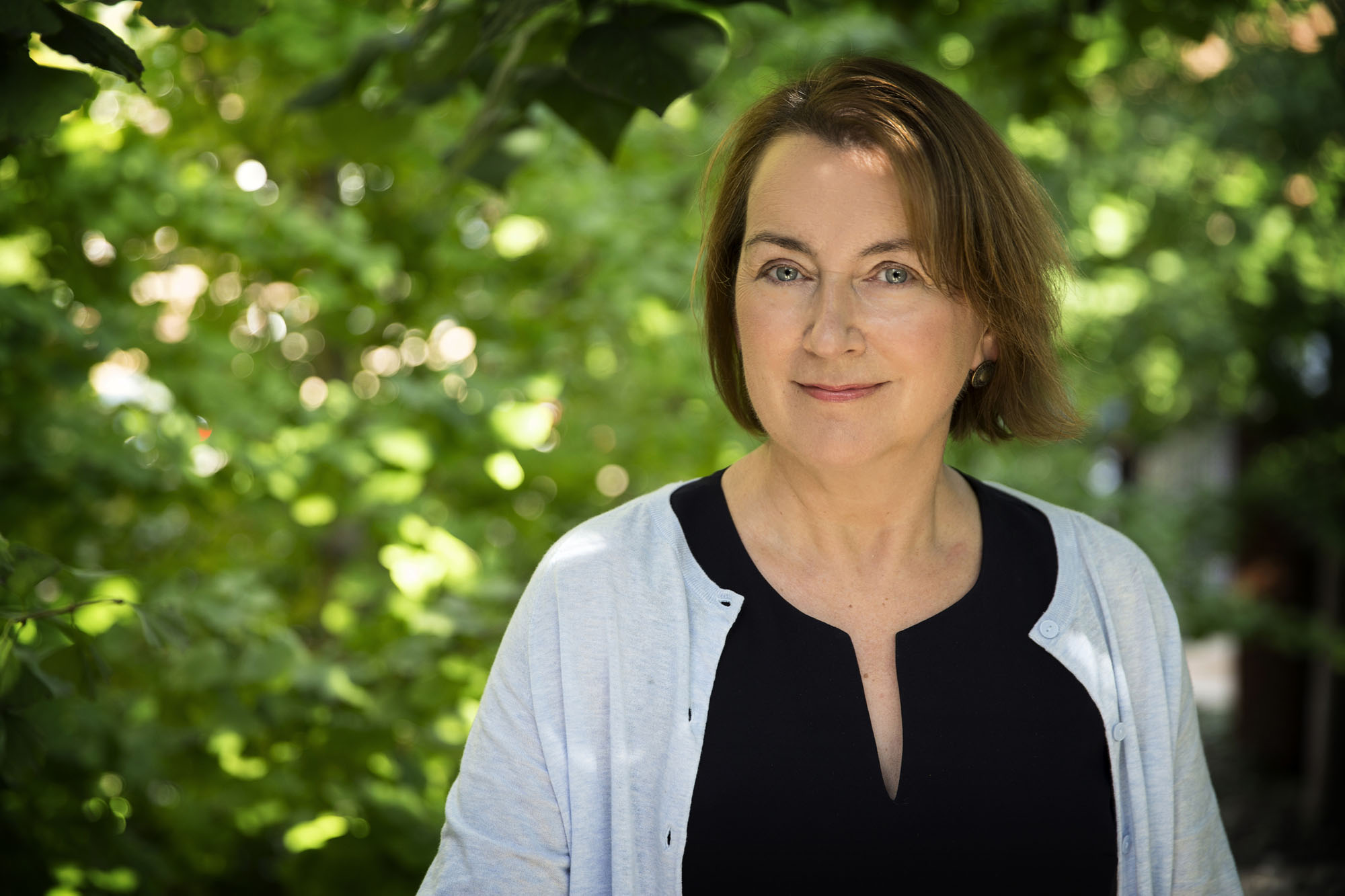Jenny Roe, newly appointed to lead research at the University of Virginia’s Center for Design and Health, has spent her career examining how the places we live affect the lives we lead.
Roe’s research – ranging from hospital design recommendations to mobile electroencephalogram (EEG) studies mapping the brain’s response to urban landscapes – has earned her an international reputation in the growing field of design and health. It even landed her an audience with royalty, presenting urban design research to the king of Sweden last fall.
Starting this fall as the inaugural Mary Irene DeShong Professor of Design and Health, Roe will bring this international expertise to UVA, leading the center’s research efforts and building a new design and health curriculum in partnership with leaders in the schools of Architecture, Nursing and Medicine.
“Across disciplines, there has been a renewed recognition of the ways in which the design and planning of the built environment profoundly affect our health,” said architecture professor Tim Beatley, co-founder of the Center for Design and Health. “Jenny is unusually suited to bring together the many people across Grounds working in this area, including doctors, nurses, public health leaders and psychologists.”
Roe worked as a landscape architect before pursuing a Ph.D. in environmental psychology. A native of Scotland, she has concentrated much of her work in the United Kingdom and Western Europe, working most recently as a research leader for the Stockholm Environment Institute, ranked the second-most influential environmental think tank in the world.
Her research combines an empathetic focus on the human experience with a scientific focus on data and analytics. Examples include a study linking lower levels of the stress hormone cortisol to levels of green space in urban Scottish neighborhoods, design guidelines to make cities more navigable for the sight-impaired, and a study using mobile EEG monitoring to track brain activity as participants walk through different urban spaces, from busy shopping streets to secluded parks. The latter project was the first to use mobile EEG technology to systematically document the brain’s response to urban design and earned Roe the notice of King Carl XVI Gustaf of Sweden when she presented it during a celebration of the institute’s 25th anniversary.
“Jenny has a background in research that is data-driven, which really speaks to the scientific community,” said Marcia Day Childress, an associate professor of medical education who served on the search committee. “This is a great opportunity for those of us working in medicine and health care to join with others and think more critically about the spaces we have, what we mean by health and what impacts health in the community.”
Roe will partner with faculty across UVA to continue examining how good design might encourage healthier behaviors and mitigate major health concerns like obesity, cardiac disease, cancer, elderly care and mental illness. She will also continue her work with populations that often receive less attention in urban design, such as the elderly, the mentally impaired and the poor. Ultimately, she hopes the center will be a focal point not only for students and faculty, but for policymakers looking to UVA for leadership in design and health.
“Coming to the Center for Design and Health, I am looking forward to accomplishing three key objectives: generating convincing and robust evidence of the relationship between design and health, turning that research into compelling stories for politicians and government officials who have the power legislate for good design, and training a new generation of public health designers who really understand human responses to the built environment,” Roe said.
That vision is exactly what architecture professor Reuben Rainey had in mind when he co-founded the center.
“Many of the health issues plaguing our population, such as obesity, heart disease and asthma, have to do with a poorly designed environment that depends heavily on the automobile, often with limited walkability and poor access to healthy food and public spaces, especially in disadvantaged areas,” Rainey said. “We intentionally made our mission statement very broad, to address these issues at many levels. Jenny’s broad range of research matches that mission, understanding health not just as absence of disease, but as a sustained sense of social, psychological and physical well-being.”
Since its inception five years ago, the Center for Design and Health has sponsored research symposia and independent projects addressing topics including hospital design, landscape architecture, healthy public spaces, public housing and food and nutrition. Ten faculty fellows are current affiliated with the center, hailing from a variety disciplines across the University.
Media Contact
Article Information
October 7, 2015
/content/top-european-scholar-crosses-atlantic-lead-uva-center-design-and-health

